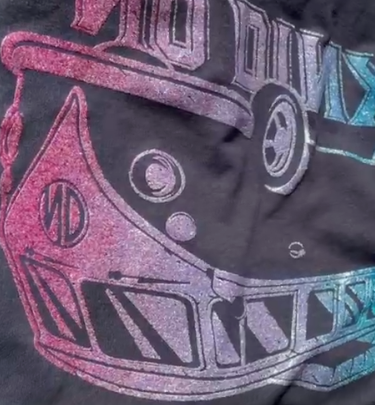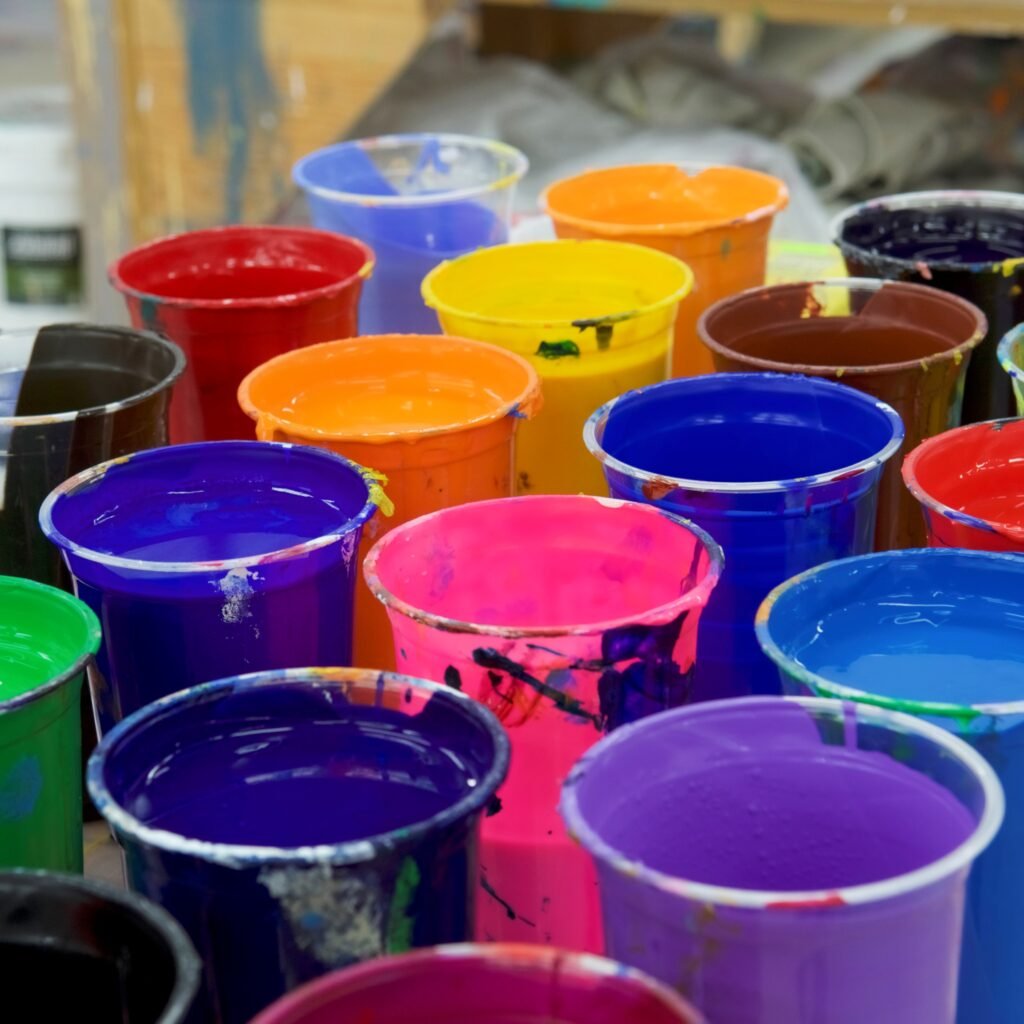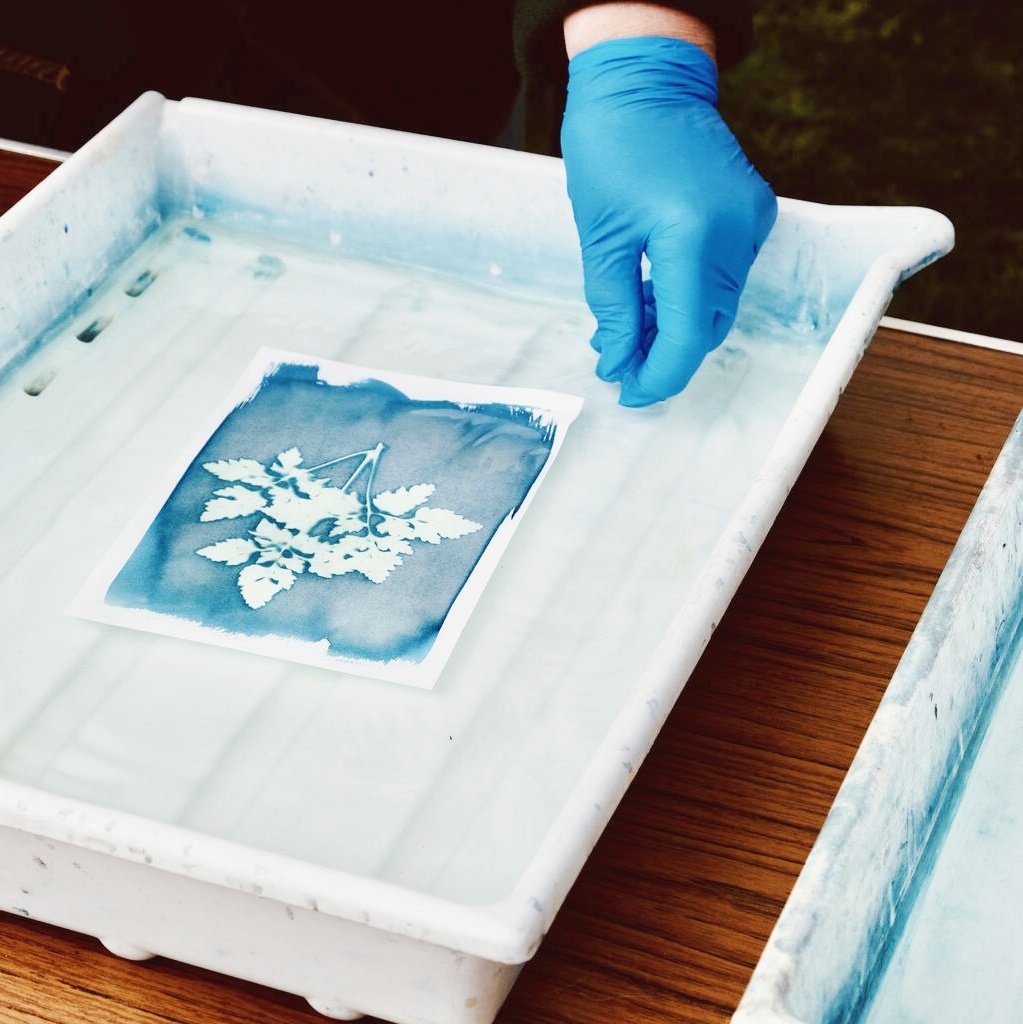Mündəricat
2024 Şəffaf Plastisol Yenilikləri: Daha Yaxşı Güc və Görünüş
Şəffaf plastizol hazırlanmış xüsusi materialdır PVC qatranı və plastifikatorlar. Bu örtüklər, mürəkkəblər və qəliblər kimi əşyalar hazırlamaq üçün istifadə olunur. Bu gün yeni texnologiya onu Yer üçün daha güclü, gözəl və daha yaxşı edir.
1. Şəffaf Plastisol nədir?
Şəffaf plastizol qızdırıldıqda sərtləşən mayedir. Qarışdırmaqla hazırlanır PVC qatranı (bir növ plastik) ilə plastifikatorlar (yumşaq edən yağlı mayelər).
- Köhnə istifadələr: Örtük parçalar, avtomobil hissələri və oyuncaqlar.
- Yeni istifadələr: Tibbi alətlər, telefon qutuları və tikinti materialları.
Niyə indi vacibdir:
- İnsanlar daha uzun müddət dayanan və gözəl görünən material istəyirlər.
- Zavodların ekoloji cəhətdən təmiz seçimlərə ehtiyacı var.

2. Davamlılıq üzrə ən yaxşı 5 irəliləyiş
2.1 UV və Hava Müqaviməti
Problem: Köhnə plastizol günəş işığında sarıya çevrildi. Həll: Əlavə et nanokeramika (kimi TiO₂) UV şüalarının 99%-ni bloklamaq üçün. Misal: 15 il təmiz qalan açıq damlar.
| Köhnə və Yeni | Köhnə Plastisol | Yeni Plastisol |
|---|---|---|
| UV müqaviməti | Yazıq | 99% Bloklandı |
| Ömür | 5 il | 15 il |
2.2 Çizilmə/aşınma müqaviməti
Problem: Cızıqlar plastisolu köhnə göstərdi. Həll: Özünü sağaldan polimerlər (silikon və PVC qarışığı). Misal: 10.000 istifadədən sonra yeni qalan idman qurğuları.
2.3 İstilik Sabitliyi
Problem: İstidən plastizol əriyir və ya çatlayır. Həll: Çapraz bağlayan agentlər 160°C-yə qədər istilikdə saxlamağa icazə verin. Misal: əyilməyən LED işıq hissələri.
2.4 Kimyəvi Müqavimət
Problem: Yağlar və turşular zədələnmiş plastizol. Həll: Əlavə et floropolimerlər (super güclü plastiklər). Misal: Neft dağılmalarına davamlı avtomobil hissələri.
2.5 Çatlamadan Elastiklik
Problem: Əyilmə çatlara səbəb oldu. Həll: Bio-əsaslı plastifikatorlar (soya yağı kimi). Misal: Əyilən amma qırılmayan telefon qutuları.
3. Estetik Yeniliklər
3.1 Optik Aydınlıq
Problem: Köhnə plastizol dumanlı görünürdü. Həll: Aşağı dumanlı qatranlar (Vinnolit® VTC kimi) şüşə kimi aydınlıq üçün. Misal: Siz aydın görə bilərsiniz tibbi borular.
3.2 Fərdiləşdirilə bilən bitirmələr
Problem: Plastisol darıxdırıcı görünürdü. Həll: Mikro qabartma tutqun, parlaq və ya teksturalı səthlər yaradır. Misal: Parlaq, metal naxışlı dizayner ayaqqabıları.
3.3 Rəng davamlılığı
Problem: Günəş işığında rənglər soldu. Həll: Nano-piqmentlər rəngləri illər boyu parlaq saxlayın. Misal: Qırmızı rəngli avtomobil bəzəyi.
4. Davamlılıq Təkmilləşdirmələri
4.1 Ftalatsız plastifikatorlar
Problem: Köhnə plastikləşdiricilərdə zərərli kimyəvi maddələr var idi (ftalatlar). Həll: İstifadə edin DİNÇ və ya Citroflex® (təhlükəsiz alternativlər). Misal: Ciddi AB təhlükəsizlik qaydalarına cavab verən uşaq oyuncaqları.
4.2 Təkrar emal edilə bilən sistemlər
Problem: Plastisol təkrar emal edilə bilməz. Həll: BASF-nin Solvay® prosesi fabriklərə plastizoldan təkrar istifadə etməyə imkan verir. Misal: Təkrar emal edilmiş telefon qutuları.
4.3 Aşağı temperaturda sərtləşmə
Problem: Yüksək istilik sərf olunan enerji. Həll: İnfraqırmızı müalicə 30% az enerji istifadə edir. Misal: Fabriklər pula qənaət edir və çirklənməni azaldır.
5. Şəffaf Plastisol Harada İstifadə olunur?
| sənaye | İstifadə Case | Fayda |
|---|---|---|
| Avtomobil | Çizilməyə davamlı tablolar | İllərdir yeni qalır |
| Tibbi | Təmiz boru | Təhlükəsiz, asan təmizlənir |
| Elektronika | Qırılmayan telefon qutuları | Yüngül və şık |
| Memarlıq | Havaya davamlı damlar | Yağışdan, günəşdən və qardan sağ çıxır |

6. Problemlər və Düzəlişlər
Problem 1: Plastifikatorlar elastik məhsullardan sızır. Düzəlt: İstifadə edin yüksək MVt-lik plastifikatorlar (PolyOne's Geon™ 3000 kimi).
Problem 2: Plastisolu şəffaf və güclü edir. Düzəlt: Əlavə et qrafen-oksid (super nazik karbon təbəqələri).
7. Gələcək Trendlər
- Ağıllı örtüklər: İstiliyi və ya UV işığını hiss edən plastizol.
- Bioloji parçalana bilən plastizol: Qida tullantıları kimi kompostlar.
- AI-Driven R&D: Kompüterlər yeni düsturları daha sürətli icad edirlər.
8. Tez-tez verilən suallar
Şəffaf plastizol qida üçün təhlükəsizdirmi?
Bəli! FDA tərəfindən təsdiq edilmişdir növlərindən qida qablaşdırmasında istifadə olunur.
Silikondan nə ilə fərqlənir?
Plastisol daha ucuzdur və daha yaxşı yapışır, lakin silikon daha çox əyilir.
Şüşəni əvəz edə bilərmi?
Tezliklə! Yeni zərbəyə davamlı növlər telefon ekranları üçün sınaqdan keçirilir.



